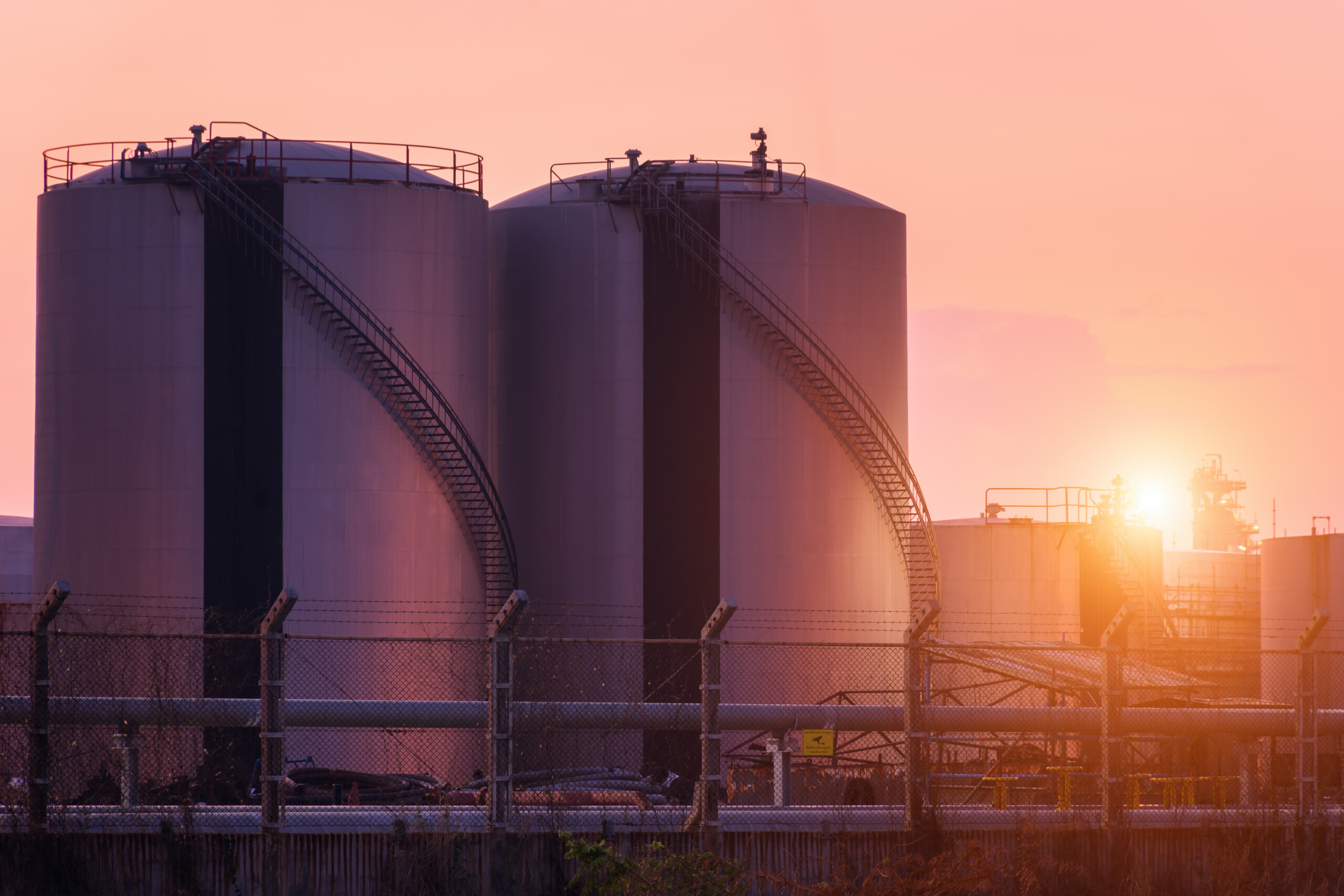Study uncovers widespread leak risk for US underground natural gas storage wells
24 May 2017 by eviep Natural Gas storage tanks
Natural Gas storage tanks
With the average well built in 1963, more than 1 in 5 active US underground natural gas storage (UGS) wells could be vulnerable to leaks due to obsolete well designs, according to a new study from the Harvard T.H. Chan School of Public Health.
These obsolete wells operate in 19 states across 160 UGS facilities that encompass 51 per cent of the total working gas capacity in the U.S. The oldest of these wells are concentrated in OH, PA, NY, and WV.
The wells identified by the research team are likely to be similar in design to the well that failed and led to the nearly four-month Aliso Canyon gas leak in California in 2015/16 – now the largest single accidental release of greenhouse gases in US history.
Lead author Dr Drew Michanowicz, from Harvard University’s Center for Health and Global Environment, said: “Underground storage of natural gas is a critical part of the US supply chain, and many portions of the country rely on this infrastructure for heating and increasingly for electricity generation. As Aliso Canyon and other incidents have demonstrated, the vulnerability of a single well presents a major risk to energy security, greenhouse gas emissions, and to the safety and health of people who live near it.”
Publishing their results today in the journal Environmental Research Letters, the team presents a national database of UGS wells and indicates the need for a better understanding of the risks associated with obsolescence issues facing aging storage wells, especially those not originally designed for two-way flow.
The team identified more than 2,700 active UGS wells across the U.S. that, like the failed well at Aliso Canyon, were not originally designed for gas storage because they predate the facility. These repurposed wells have a median age of 74 years, and some are more than 100 years old. Though well age alone may not be an issue, older wells are particularly likely to have certain design deficiencies like single failure points that do not reflect the engineering lessons learned over time.
Co-author Dr Jonathan Buonocore said: “Partly because no federal safety regulations apply to natural gas storage wells or their operations (now pending), very little aggregate information was available regarding these mid-stream systems. After we identified this data gap, we realized we needed to build our own database to begin to assess this previously inapparent hazard.”
The team developed a geodatabase of over 14,000 active UGS wells, using well and facility-level data from 29 individual states, the U.S. Energy Information Administration (EIA), and company system maps. Following recommendations from the Interagency Task Force on Natural Gas Storage Safety to phase out wells with only a single barrier of protection, the team began their assessment by calculating the prevalence and locations of active UGS wells that were repurposed from hydrocarbon production. They then referenced well construction dates with the typical construction practices from that era to identify which wells may be more likely to exhibit certain design deficiencies such as single casing protection.
“Another important finding was that older repurposed wells are present in facilities that had constructed new wells in the last decade. This variation of well vintage within facilities suggests that a range of risk management practices and integrity verification techniques are likely needed,” said Co-author Sebastian Rowland
“Our study presents a census of active UGS wells in the US and identifies those that may be high-risk. Our research focused primarily on original well designs, so further research is needed to refine our understanding of active risk management practices at the state and operator levels.” added Dr Michanowicz.
The Aliso Canyon storage well failed in part because it was structurally vulnerable to a single-point-of-failure. In oil and gas safety engineering terms, reliability of systems involves either increasing integrity of individual materials, or by increasing redundant control systems. Because the well in question was originally drilled in 1954 as an oil-producing well, only a single steel pipe separated the flow of gas and the outside rock formation at certain depths, meaning the well’s passive structural integrity was dependent only on a single steel casing.